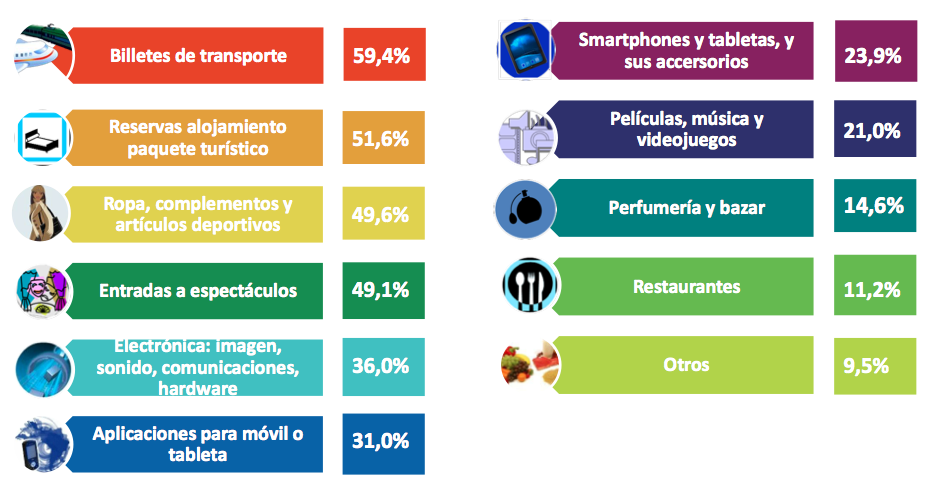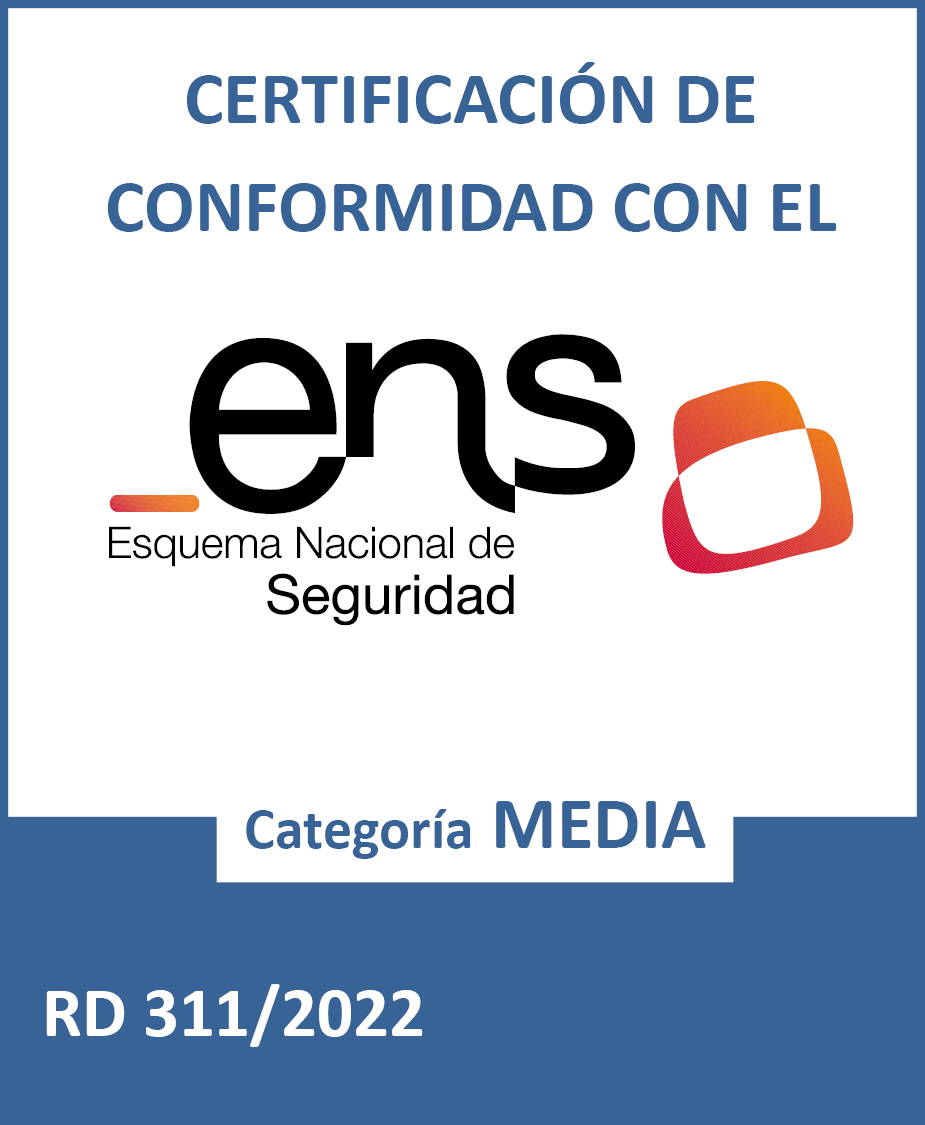B2C keeps growing
B2C keeps growing
E-commerce growth and evolution has dramatically increased in the last years, taking into consideration both transaction volume and exchanged products.
So now, companies need to adapt to these changes even more and apply, within their possibilities, all those necessary changes in order to create a good e-commerce system.
For example, through a coherent, well designed, safe and simple payment and shipping method, that allows all kind of possible transactions to their users. In the end, it is just another way of selling, easier and more economic than the traditional one.
Through this post, based on data exported from the investigation on B2C E-commerce 2013, made by Observatorio Nacional de las Telecomunicaciones y de la Sociedad de la Información (ONTSI), a Spanish organization, we want to show the importance of Internet transactions, a great opportunity for both companies and consumers themselves.
B2C's growth
During 2013, business to consumers relationships grew an 18% more than in 2012, having a value of 14610 million euros.
Taking into account ONTSI data, it is estimated that during 2013 there were 28,4 million active web surfers in Spain, a value that grows year after year. From these surfers, the 60,6% of them consider themselves buyer surfers, meaning that they have made some kind of transaction through online stores. The 15,5% of these buyer surfers have made some kind of transaction throgh their mobile phone.
Main products
Here is a list of the main products that buyers prefer. The most common are:
-
transport tickets (que es corresponen amb el 59,4% del total de productes adquirits per internautes compradors)
-
accommodation bookings, tour packages (51,6%)
-
clothes, complements and sport-related items (49,6%)
-
show tickets (49,1%)
Electronic products (image, sound, communications, hardware), tablet and mobile apps, smartphones and their accessories, movies, music and games, perfumery and restaurants follow them.

Web surfers profiles
When it comes to website surfers, we must differentiate two big groups: non-buyer surfers (Internet users that do not sell or buy through the Internet) and buyer surfers (users that normally make electronic transactions). This investigation is mainly focused on the second group as it is the one that does all these transactions.
Buyer surfers expenditure during 2013 was 848€ on average, a 3,9% more than in 2012, when it was 816€ per person. This high number corresponds with the average product that is usually bought on the Internet and, as we have seen on the previous section, it corresponds with transport tickets, holidays and accommodation (products that usually have medium to high prices).
Among with the most used systems to buy, mobiles and tablets are the most successful (4,4 milion buyer surfers). The majority of surfers that use this system (68,1%) consider that it is a perfectly adequate object for this function.
The ones that do not consider them appropriate, point to the difficulty when it comes to surfing as the main fault (up to a 62% of the people say it). The fact that the majority of the time they do not include all the website options, a bad view or accessibility problems, are other causes that could dissuade surfers from buying.
Obviously, with a good design and an adapted website to the different sizes of screen (RWD), we will assure and improve navigation user's experience.
Credit or debit cards were the most used payment methods that surfers used, without a doubt (52,8% of surfers used them). In second place, external payment methods providers as PayPal were also used (28,4%)
The third most used payment system is cash on delivery and/or debit, with a 17,1% of adepts.
Mobile payment and other systems are also used but on a very reduced basis. As a negative point, the 11,1% of buyer surfers have had some kind of problem while buying. Among the main incidents, the most common are:
-
the product arrived in bad conditions (in a 26,4% of the cases)
-
they never got the product (in a 26,1%)
-
they received the product late (11,6%)
-
they had problems when they wanted to return it (7,9%)
-
they had problems while paying (7,7%)
It is obvious that in order to encourage the target audience of making electronic transactions, reducing to the maximum all the possible difficulties and complications that can dissuade any user of buying on a website is compulsory.
Points that B2C should improve
Among the main restraints of the normal development of B2C transactions, it is necessary to distinguish between the opinion of buyer and non-buyer surfers, as both of them express their own interesting point of view.
Recurrent buyers express their concern about improvements that could be made in order to make it a great service. As, for example, improving customer care, increasing payment security in order to avoid fraud, also improving prices and warranty conditions when it comes to changing and/or returning of the product, shielding the use of personal data.
Non-buyer surfers, those who do not use this kind of service, prefer to go to a store and physically check what they are buying. Besides, they do not consider the web a safe place to buy. Others say that online buying is not something they need, and they do not consider the whole system attractive enough to use it.
Even though they are the minority part, modifying the whole buying process and also the payment and shipping method will make the whole system even more attractive, safer, more intuitive, easier and automatic, helping reduce the percentage of non-buyer surfers.
Main B2C positive points
On the other hand, e-commerce has a lot of adepts because it offers great solutions and improvements if we compare it with the traditional way of buying.
Mainly, one of the aspects buyer surfers appreciate the most is the saving of time and the comfort of buying through the Internet.
Another important factor they highlight is the price of products that is usually better as it is more common to find sales. Besides, there is a greater supply of products, a fact that makes comparison of references even easier.
It is a fact that nowadays, e-commerce is a relatively important part of the whole commerce of a country. Maybe in Spain, the ratio is not as high as in other countries because we do not have this tradition, but we cannot forget that, probably, the tendency of the public (and companies as well) will be to use even more, and for different aspects, Internet as a mean of buying.

